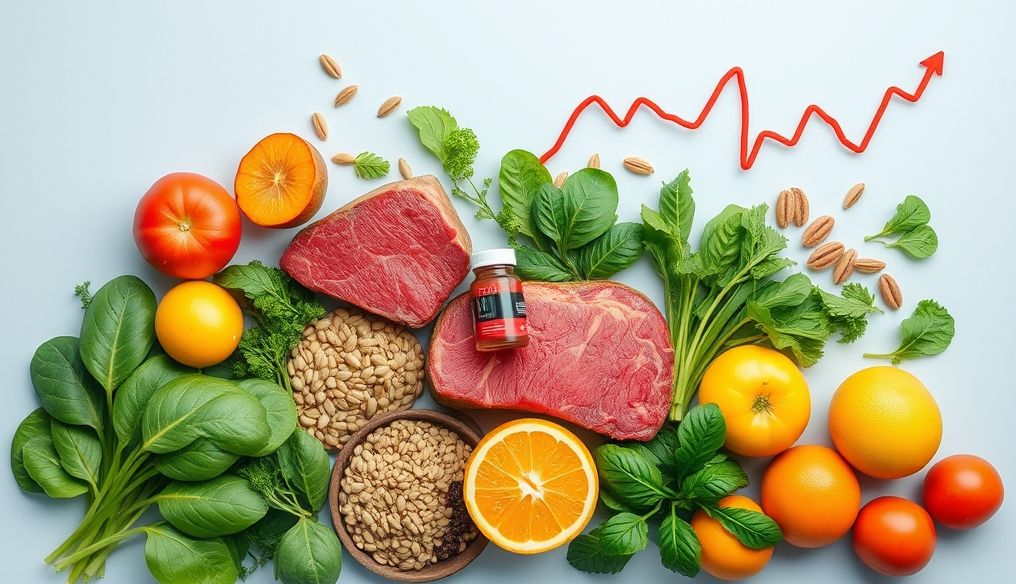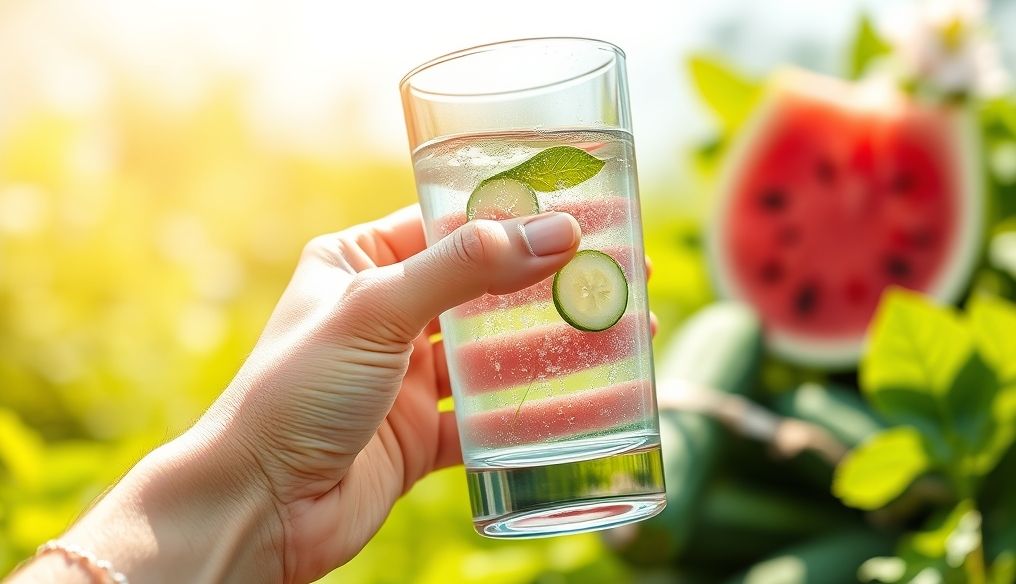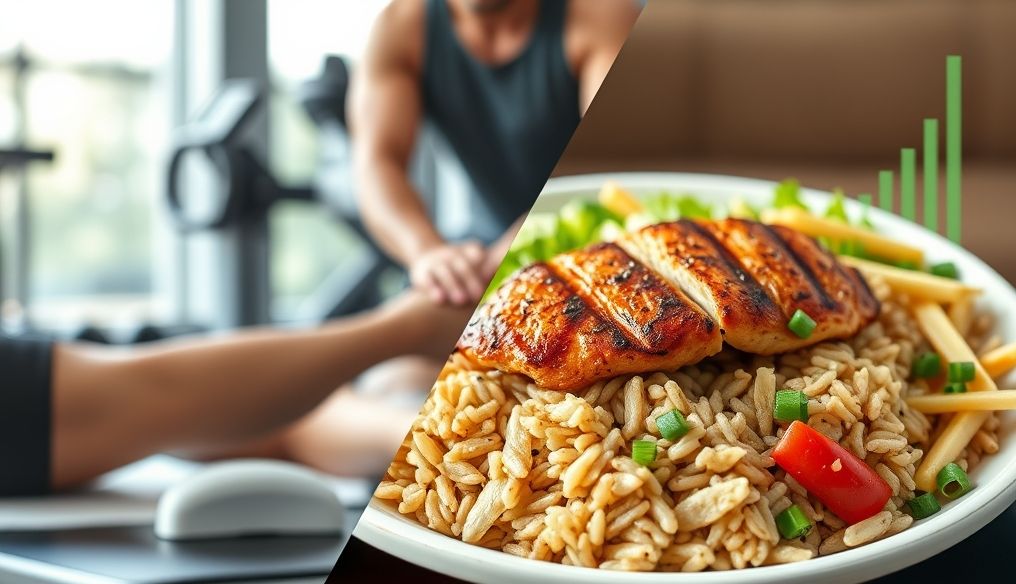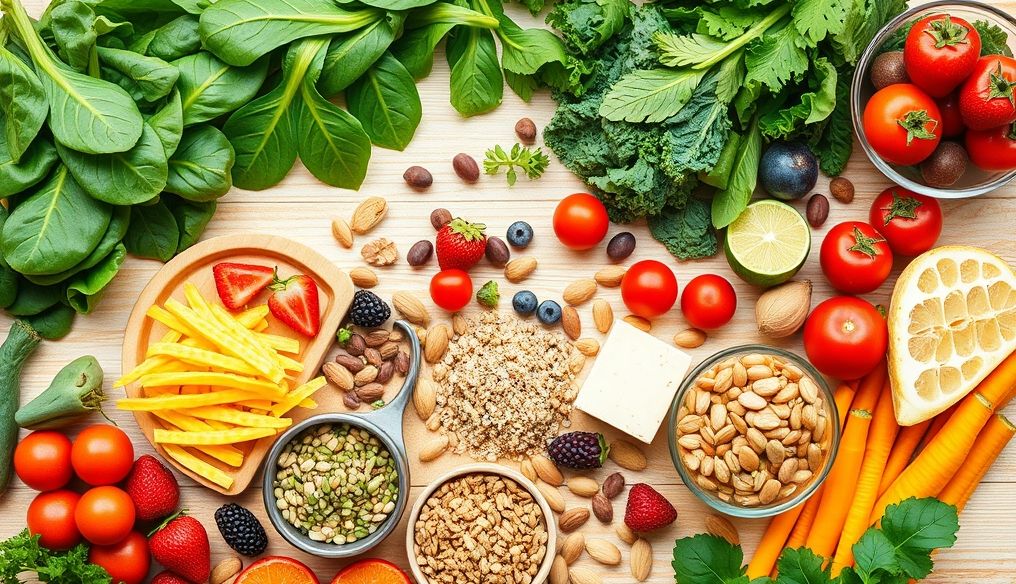What is Iron Deficiency Anemia?
Iron Deficiency Anemia is a medical condition that occurs when the body does not have enough iron to produce hemoglobin, the protein in red blood cells that carries oxygen to the body's tissues. A lack of hemoglobin means that the blood cannot carry oxygen effectively, resulting in symptoms such as extreme fatigue, weakness, shortness of breath, and pale skin.
Causes of Iron Deficiency Anemia
- Dietary Iron Deficiency: Not consuming enough iron-rich foods.
- Malabsorption: Problems with the digestive system that prevent the body from effectively absorbing iron.
- Blood Loss: Chronic bleeding, such as heavy menstrual periods in women or internal bleeding from ulcers or tumors.
- Pregnancy: Increased iron requirements during pregnancy to support fetal growth.
Symptoms of Iron Deficiency Anemia
- Extreme tiredness and fatigue
- General weakness
- Pale skin
- Shortness of breath
- Headaches and dizziness
- Cold hands and feet
- Brittle nails
- Craving non-food substances (Pica) such as ice or clay.
Iron-Rich Foods: An Overview
There are two main types of iron found in foods: Heme iron and Non-heme iron. Heme iron is found in animal products and is more easily absorbed by the body than non-heme iron, which is found in plant-based foods.
Heme Iron
Heme iron is found in:
- Red meat (beef, lamb)
- Poultry (chicken, turkey)
- Fish and seafood (salmon, tuna, shellfish)
Non-Heme Iron
Non-heme iron is found in:
- Dark leafy greens (spinach, kale)
- Legumes (lentils, beans, chickpeas)
- Nuts and seeds (cashews, pumpkin seeds)
- Iron-fortified cereals (bread, cereal)
- Dried fruits (raisins, dried apricots)
Top 10 Iron-Rich Foods to Treat Anemia
- Liver: Liver is one of the richest sources of heme iron. It contains high amounts of iron and vitamin B12, which are essential for red blood cell production.
- Red Meat: Beef and lamb are excellent sources of heme iron. Eating a moderate portion of red meat regularly can help improve iron levels.
- Spinach: Rich in non-heme iron, as well as vitamin C, which enhances iron absorption. Can be eaten raw in salads or cooked.
- Lentils: An excellent source of non-heme iron and fiber. Can be added to soups, salads, and main dishes.
- Shellfish: Rich in heme iron and many other nutrients. A great option for boosting iron levels.
- Pumpkin Seeds: Contain good amounts of non-heme iron. Can be added to yogurt, salads, or eaten as a snack.
- Quinoa: A whole grain rich in non-heme iron and protein. Can be used as a substitute for rice or pasta.
- Tofu: A plant-based alternative rich in non-heme iron and protein. Can be used in many vegetarian dishes.
- Broccoli: Contains non-heme iron and vitamin C, which enhances iron absorption. Can be eaten raw or cooked.
- Dark Chocolate: Contains good amounts of non-heme iron, as well as antioxidants. Should be consumed in moderation.
How to Enhance Iron Absorption from Foods
There are several ways to enhance iron absorption from foods, especially non-heme iron:
- Consume Foods Rich in Vitamin C: Vitamin C enhances the absorption of non-heme iron. Eat citrus fruits, peppers, strawberries, and broccoli with iron-rich foods.
- Avoid Iron Absorption Inhibitors: Some substances can hinder iron absorption, such as calcium in dairy products, tannins in tea and coffee, and phytates in whole grains and legumes. Try to avoid consuming these substances with iron-rich foods.
- Cook Food in Iron Cookware: Cooking in iron cookware can increase the amount of iron in food, especially if the food is acidic.
Easy and Iron-Rich Recipes
Spinach and Lentil Salad
Ingredients:
- 1 cup fresh spinach
- ½ cup cooked lentils
- ¼ cup cherry tomatoes
- 1 tablespoon lemon juice
- 1 tablespoon olive oil
- Salt and pepper to taste
Instructions:
- Wash the spinach well and chop it into small pieces.
- Mix the spinach, lentils, and cherry tomatoes in a bowl.
- Add lemon juice, olive oil, salt, and pepper.
- Mix the ingredients well and serve.
Vegetable Lentil Soup
Ingredients:
- 1 cup red lentils
- 1 medium onion, chopped
- 1 medium carrot, chopped
- 1 cup vegetable broth
- 1 teaspoon turmeric
- 1 teaspoon cumin
- Salt and pepper to taste
Instructions:
- Wash the lentils well.
- In a pot, sauté the onion and carrot in a little oil.
- Add the lentils, vegetable broth, turmeric, and cumin.
- Bring the soup to a boil, then reduce the heat and simmer for 20-25 minutes or until the lentils are cooked.
- Season with salt and pepper and serve hot.
Iron Supplements: When Are They Necessary?
In some cases, it may be necessary to take iron supplements to treat anemia, especially if diet alone is not enough to raise iron levels. Consult a doctor before taking any supplements to determine the appropriate dose and ensure there are no drug interactions.
Types of Iron Supplements
- Ferrous sulfate: The most common and least expensive type.
- Ferrous gluconate: May be easier on the stomach than ferrous sulfate.
- Ferrous fumarate: Contains a higher percentage of iron compared to ferrous sulfate and ferrous gluconate.
Side Effects of Iron Supplements
Iron supplements may cause some side effects, such as:
- Constipation
- Nausea
- Stomach pain
- Darkening of stools
These side effects can be reduced by taking supplements with food or starting with a low dose and gradually increasing it.
Additional Tips for Maintaining Healthy Iron Levels
- Eat a Balanced Diet: Your diet should include a variety of foods rich in iron and vitamin C.
- Regular Check-ups: Have regular blood tests to check iron levels, especially if you are at risk of developing anemia.
- Consult a Doctor: Talk to your doctor about any symptoms you are experiencing or any concerns you have about your iron levels.
- Avoid Smoking: Smoking can negatively affect iron absorption.
When Should You See a Doctor?
You should see a doctor if you experience any of the following symptoms:
- Severe and persistent fatigue
- Shortness of breath
- Dizziness and lightheadedness
- Pale skin
- Difficulty concentrating
A doctor can diagnose iron deficiency anemia and determine the appropriate treatment for you.




